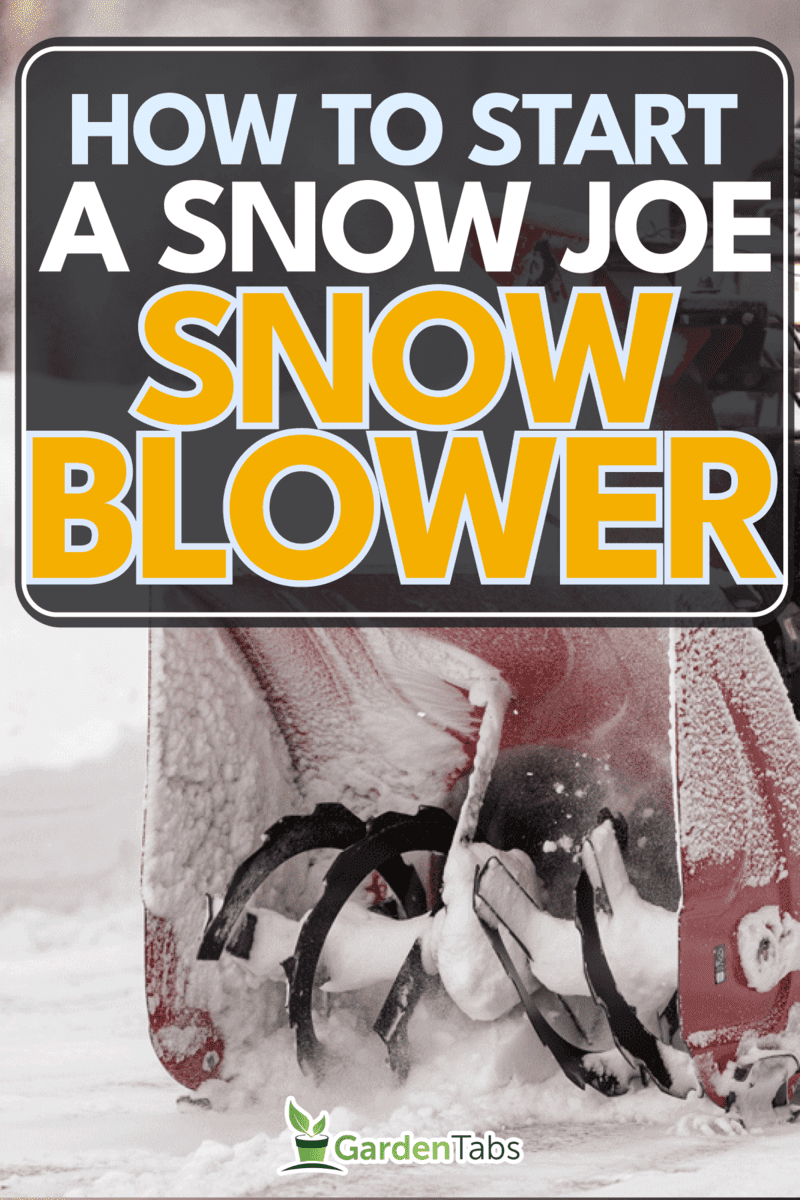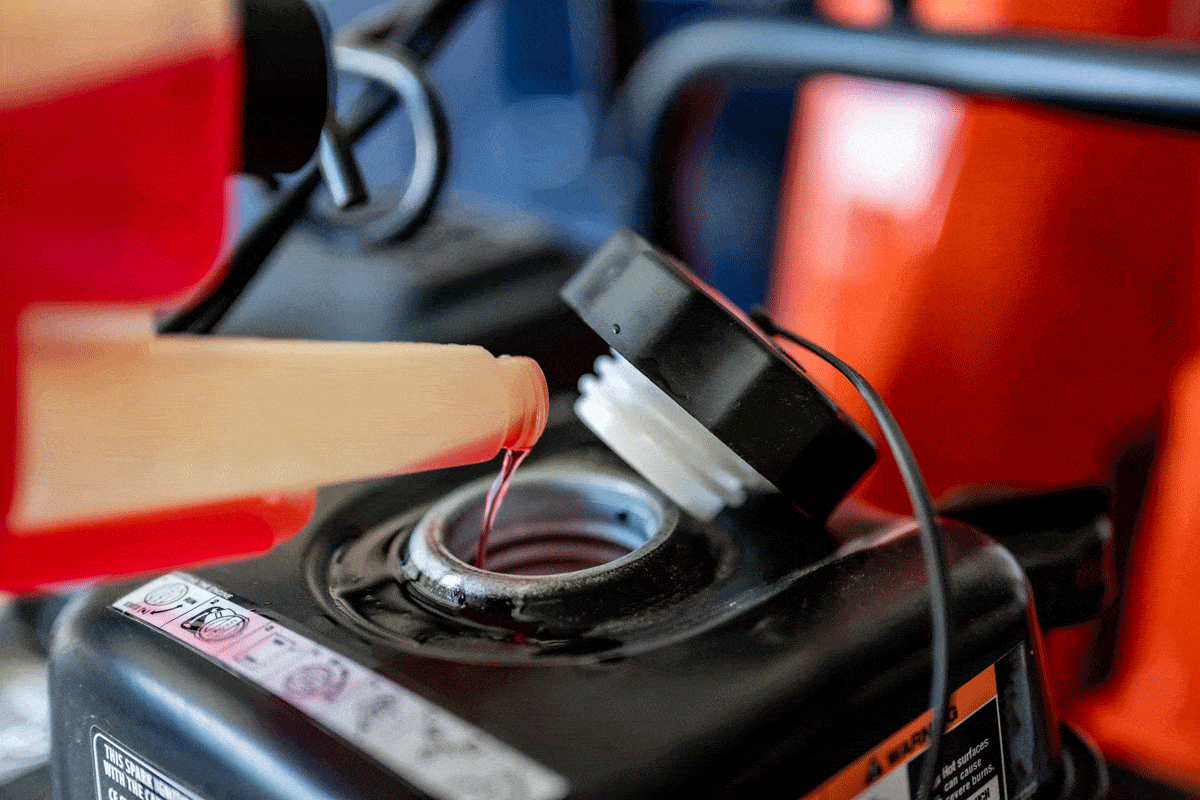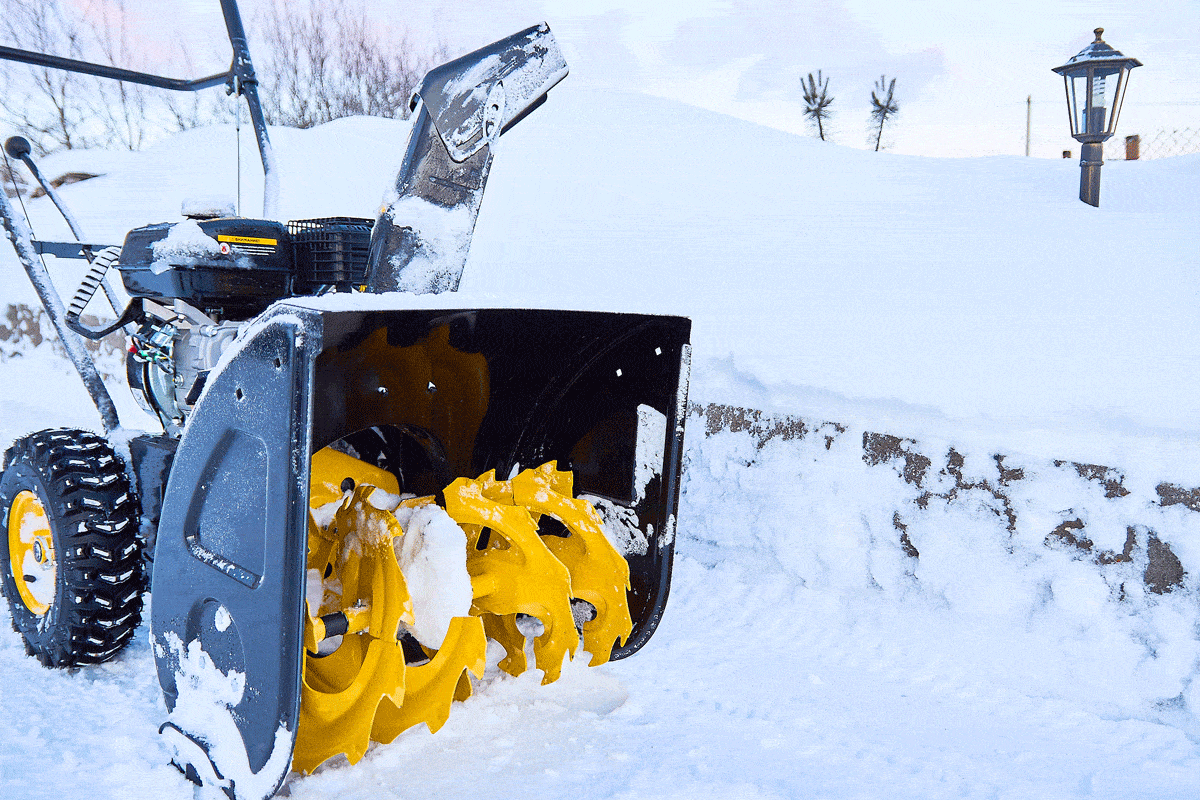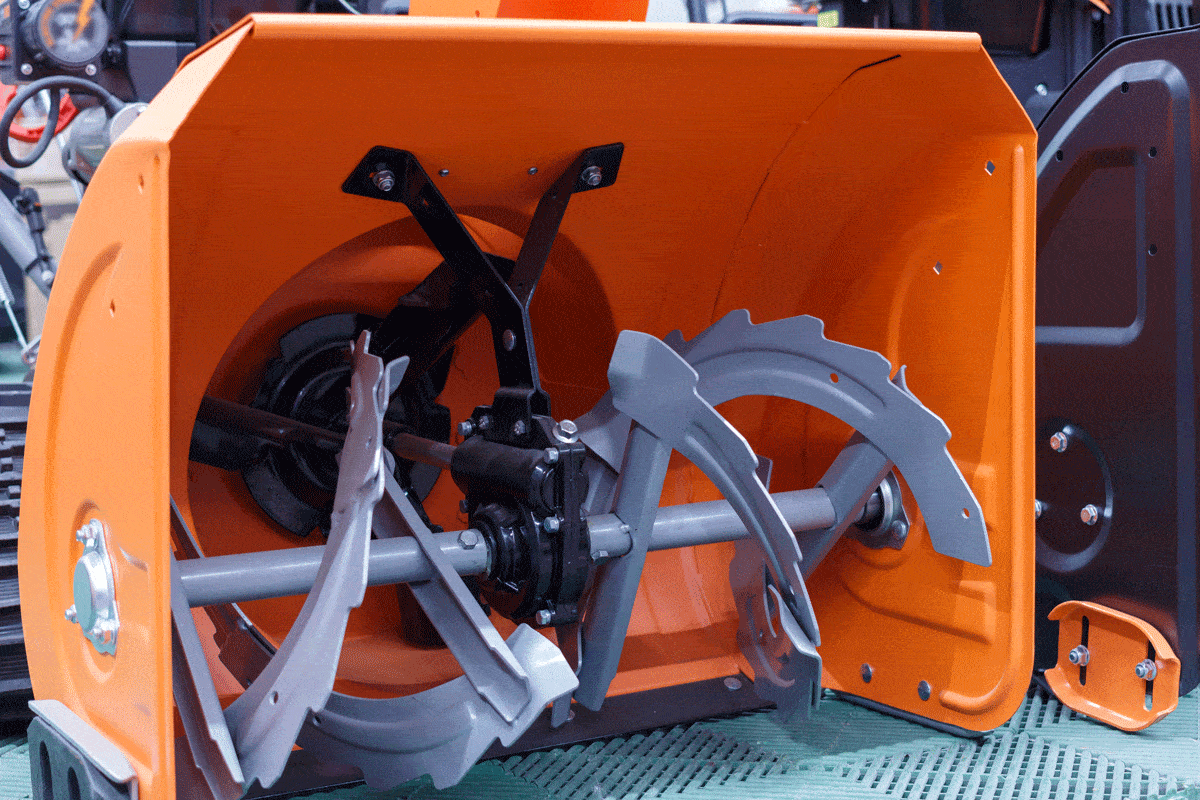Are you tired of dealing with the hassle of trying to start your Snow Joe snow blower every winter? If so, you're not alone. It's a common problem that many homeowners face. And to help you overcome this problem, we have thoroughly researched the matter and are here to provide you with step-by-step guidance.
Here's a step-by-step guide on how to start a Snow Joe snow blower:
- Read the owner's manual.
- Prepare the snow blower.
- Set the choke.
- Prime the engine.
- Set the throttle.
- Pull the starter cord.
- Adjust the choke.
- Adjust the throttle.
Whether you're a seasoned snow blower owner or a beginner, our comprehensive guide will help you avoid common mistakes and ensure that your snow blower is ready to tackle any snowfall. So, let's dive into the world of Snow Joe snow blowers and discover how to start them like a pro!

How To Start A Snow Joe Snow Blower?
Snow Joe is a brand that specializes in snow-clearing equipment, including snow blowers. If you live in an area that gets a lot of snow, having a snow blower is essential for clearing driveways, sidewalks, and other areas around your property.
Starting a snow blower like a Snow Joe may seem daunting at first, but with the right steps, you can easily get it up and running.

1. Read The Owner's Manual
Before starting your Snow Joe snow blower, reading the owner's manual is a crucial step that should not be overlooked. The manual provides important safety information and specific instructions on how to start and operate your particular model.
By following the instructions and taking the necessary precautions, you can avoid accidents, prevent damage to your equipment, and keep your snow blower running smoothly for years to come.
2. Prepare The Snow Blower
Before starting your Snow Joe snow blower, you need to prepare it properly. First, ensure that the snow blower has enough fuel. If the fuel tank is empty, fill it up with fresh gasoline.
Next, check the oil level in the engine and add oil if necessary. Finally, inspect the spark plug and ensure that it's clean and in good condition.
3. Set The Choke
Once you've prepared the snow blower, it's time to set the choke. The choke is a valve that restricts the flow of air to the carburetor, making it easier to start the engine.
The choke is usually located near the carburetor, and you can adjust it using a lever or knob. Set the choke to the "on" position.
4. Prime The Engine
Before starting the engine, you need to prime it. Priming the engine involves pumping fuel into the carburetor, making it easier to start.
To prime the engine, locate the primer bulb (usually near the carburetor) and press it several times. You should feel resistance as you press the bulb. This means that fuel is flowing into the carburetor.
5. Set The Throttle
The throttle controls the speed of the engine. To start the engine, you need to set the throttle to the "fast" position. This provides enough power to the engine to get it started. The throttle is typically located near the handlebars and can be adjusted using a lever or knob.
6. Pull The Starter Cord
With the choke, primer, and throttle set, it's time to start the engine. Grasp the starter cord firmly and give it a quick, strong pull. You may need to pull the cord several times before the engine starts. If the engine doesn't start after a few pulls, wait a few minutes and try again.
7. Adjust The Choke
Once the engine has started, you need to adjust the choke. Running the engine with the choke on for too long can cause it to stall or run poorly. Adjust the choke to the "off" position to allow the engine to run smoothly and warm up.
8. Adjust The Throttle
Finally, adjust the throttle to the desired speed. This controls the speed of the snow blower and allows you to clear snow efficiently. Higher speeds are best for deeper snow or larger areas, while slower speeds are best for lighter snow or tighter spaces.
To provide you with a clear understanding of how to operate this equipment, please watch the YouTube video linked below. In the video, you will be able to observe the steps involved in starting the equipment.
What Should I Do If My Snow Joe Snow Blower Won't Start?
Snow Joe snow blowers are great tools for removing snow and keeping your driveways and walkways clear during the winter months.
However, there may be times when your snow blower fails to start. This can be a frustrating experience, but you can check the following to troubleshoot the issue and get your snow blower running again.
Fuel Level
Make sure that there is enough fuel in the tank to run the engine. If the fuel level is low, add more fuel to the tank. If the fuel in the tank is old, it can cause the engine to run poorly or not start at all. In this case, you should drain the old fuel and replace it with fresh fuel.
Spark Plug
A dirty or faulty spark plug can also prevent your snow blower from starting. Remove the spark plug and inspect it for signs of wear or damage. If the spark plug is dirty, clean it with a wire brush and reinstall it. If the spark plug is damaged, replace it with a new one.
Oil Level
It's important to ensure that the engine has enough oil. If the oil level is not enough, you should add more oil to the engine.

If the oil is old, it can negatively affect the engine's performance or even prevent it from starting altogether. If this is the case, it's recommended to drain the old oil and replace it with new, fresh oil.
Ignition Switch
If your Snow Joe Snow Blower has an ignition switch, make sure it is in the "on" position. If it is not, turn it on and try to start the engine again.
Choke
You should also check the choke to make sure it is in the correct position. The choke should be in the "on" position when starting a cold engine and in the "off" position when the engine is warm.
Carburetor
The carburetor is responsible for mixing fuel and air in the engine. If the carburetor is dirty or clogged, it can prevent your snow blower from starting. Remove the carburetor and clean it with a carburetor cleaner.
Electric Starter
If your snow blower has an electric starter, make sure the battery is fully charged. If the battery is dead, recharge it or replace it with a new one. If the starter motor is damaged, it may need to be replaced.
If none of these steps works, you may need to take your snow blower to a professional for repair. A certified technician can diagnose the problem and recommend the appropriate repairs.
Why Is My Snow Blower Not Blowing Snow?

When your snow blower suddenly stops blowing snow, it can be frustrating and disruptive to your winter snow removal tasks. However, there are many possible causes of this issue, and identifying the root cause is the first step in getting it fixed.
Clogged Or Jammed Auger
This can happen when snow is wet and heavy or when foreign objects such as sticks or rocks get caught in the auger.

In this case, you should turn off the snow blower, unplug it, and clear out any debris or snow from the auger area. Once you have cleared the clog, you should be able to restart the snow blower and get it working again.
Loose Or Worn Out Belts Or Chains
Over time, these components can become stretched and lose their tension, causing them to slip or fail altogether. In this case, you should inspect the belts and chains and replace them if they are damaged or worn out.
Broken Shear Pin
Shear pins are designed to break when the auger encounters a foreign object, such as a rock, to prevent damage to the auger or other components. If a shear pin has broken, you will need to replace it before the snow blower will function properly.
Dead Or Weak Battery
If your snow blower has an electric starter, the battery may be dead or weak. If the battery is not providing enough power, the snow blower may not start or may not operate properly. In this case, you should recharge or replace the battery to ensure that it is functioning properly.
Problem With The Engine
Finally, if your snow blower is not blowing snow, it could be due to a problem with the engine. A dirty air filter or a clogged fuel line can cause the engine to run poorly or not start at all.
In this case, you should clean or replace the air filter and check the fuel line for any blockages. It's also possible that the spark plug may be dirty or faulty, preventing the engine from starting. If this is the case, you should replace the spark plug with a new one.
By taking the appropriate steps to resolve the issue, you can ensure that your snow blower is working correctly and efficiently, keeping your property clear of snow all winter long.
Conclusion

Starting a Snow Joe snow blower is a straightforward process that can be accomplished by following a few simple steps mentioned above. By doing so, you can ensure that your snow blower starts up quickly and efficiently, ready to take on any amount of snow.
We encourage you to delve into our diverse range of topics and discover more exciting information to enrich your knowledge and make the most of the winter season.
How To Store Compost In The Winter?
Should I Cover My Garden Or Garden Soil In The Winter? Do I Have To?
